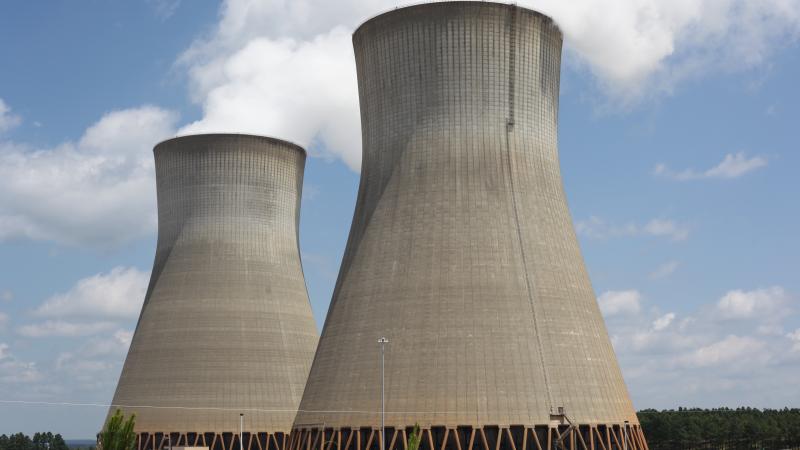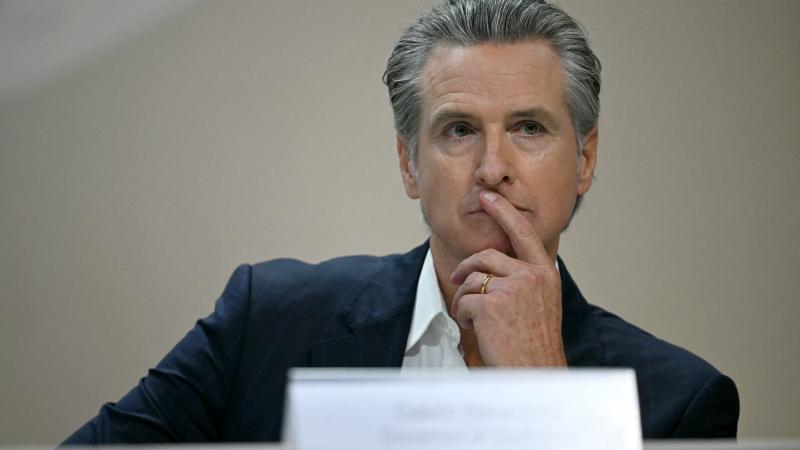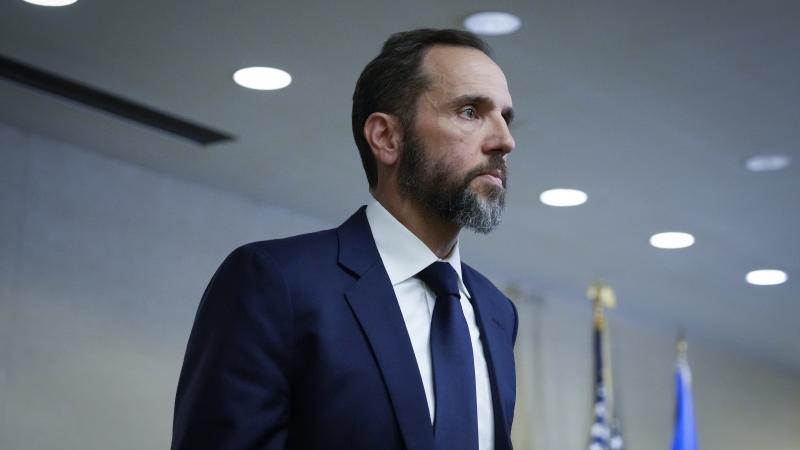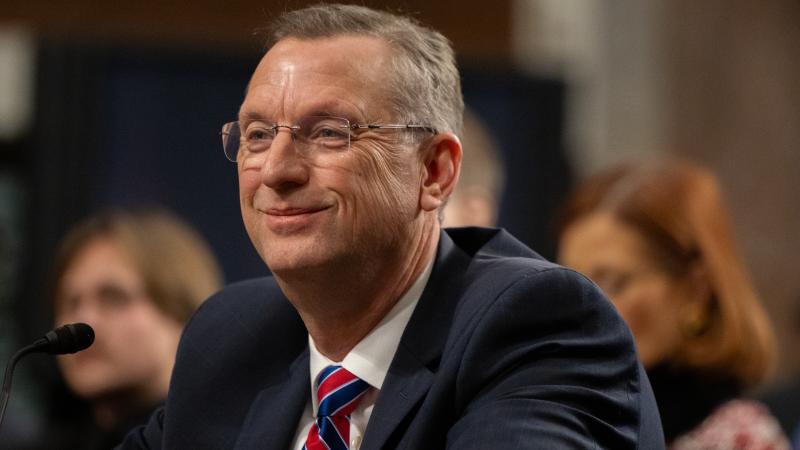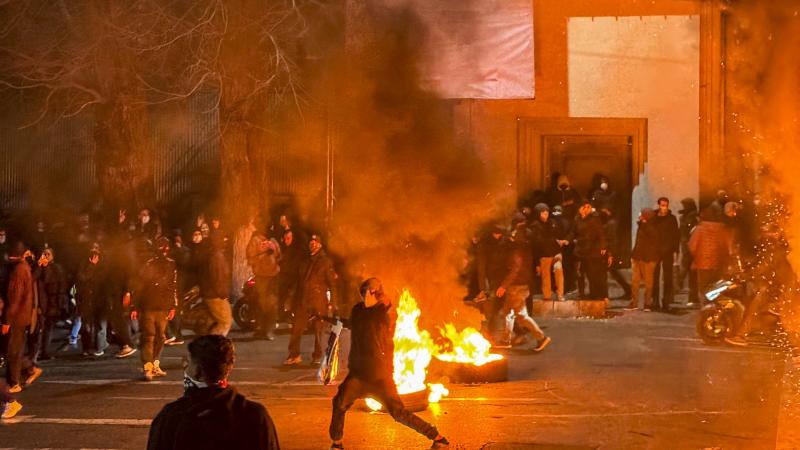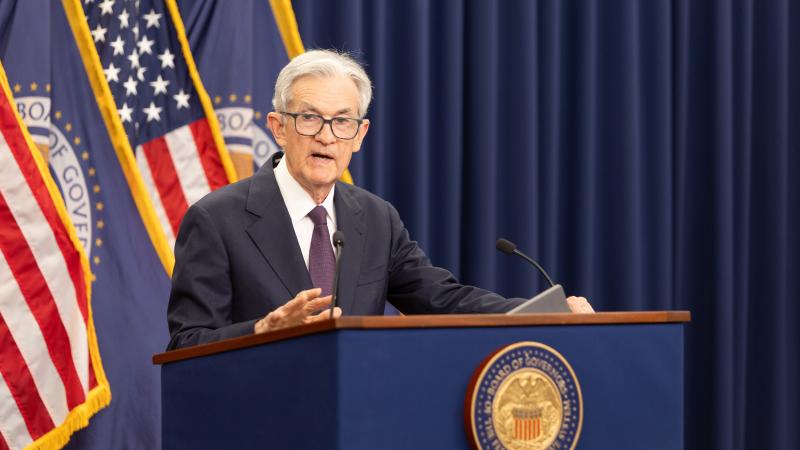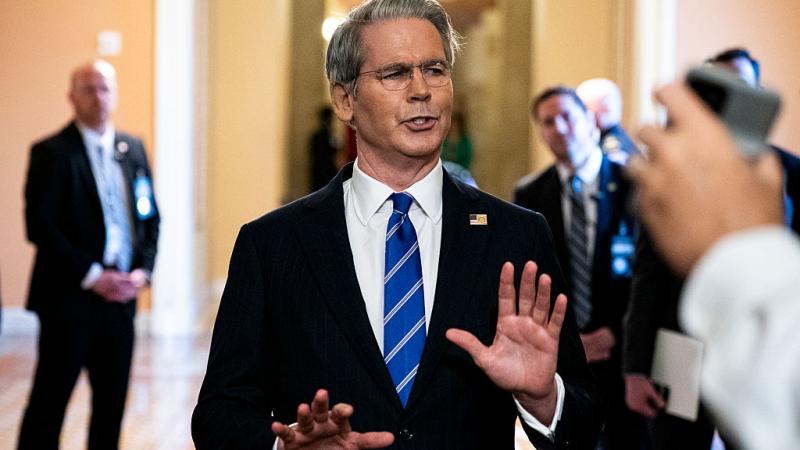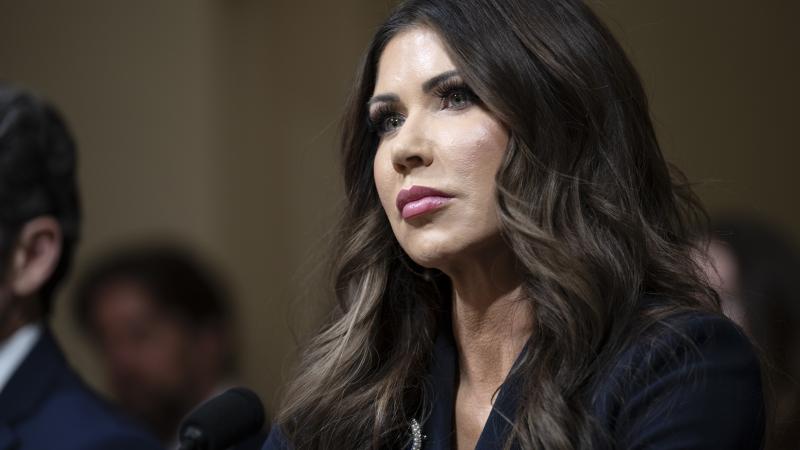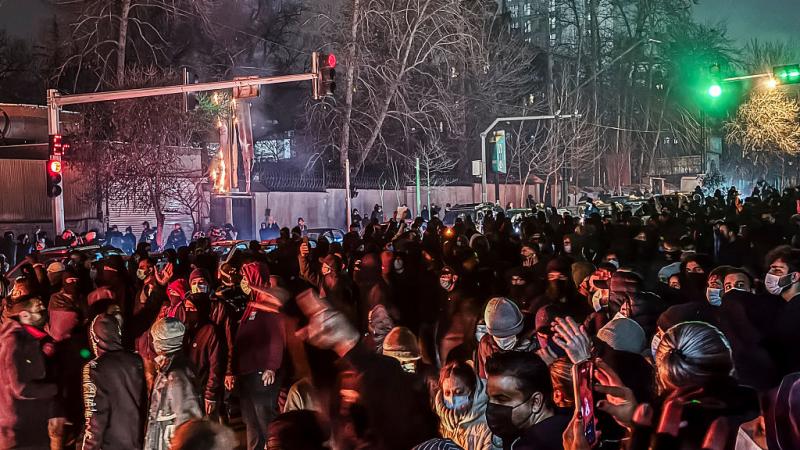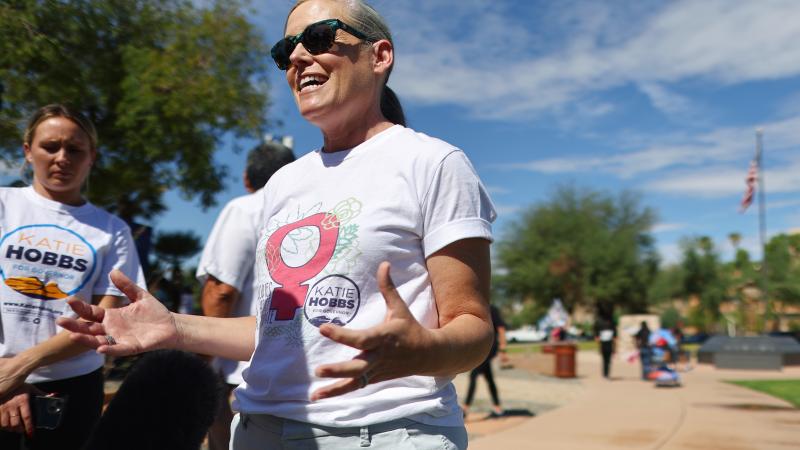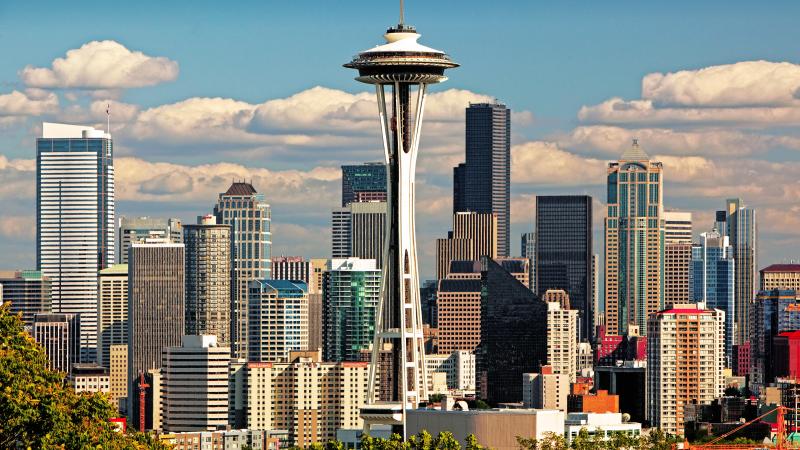EPA power plant rules rely on carbon capture, but agency’s modeling projects useless through 2055
The EPA argues that the mandates of its power plant rule are achievable with carbon capture, but its models show no new natural gas-fired power plants or coal plants will use the technology through 2055.
The EPA’s power plant rule that was finalized in April regulates carbon emissions in the U.S. electricity sector. A central piece of the 1,020-page rule is fitting natural gas- and coal-fired power plants with carbon capture technology. While the EPA has insisted the technology is “well proven,” recent court filings show the agency’s own modeling doesn’t project any carbon capture deployment on new power plants.
Steve Goreham, an energy researcher and author of “Green Breakdown,” told Just The News that he’s not surprised. The carbon capture facilities in operation today aren’t capturing enough carbon dioxide to make any difference on greenhouse gas concentrations in the atmosphere, and it would take an enormous investment to scale the operations up to have a large impact.
“These things, they don’t make a lot of sense,” he said.
Adequately demonstrated
Critics of the rule argue that the technology hasn’t been proven to work economically at scale, meaning that, under the EPA’s mandates, coal plants will retire early and new gas plants won’t be built. As a result, much of the grid will be forced to rely on intermittent, expensive wind and solar, which will lead to high energy costs and blackouts.
Carbon capture and sequestration either captures the carbon dioxide emissions at the source, such as the smoke stack at a coal-fired power plant, or it sucks the carbon dioxide from the air, a process called direct air capture. The captured gasses are then pumped into the ground and used in applications, such as enhanced oil recovery.
The EPA has insisted that carbon capture and sequestration technology is “adequately demonstrated” and that “geologic sequestration of CO2 is well proven and broadly available throughout the U.S.”
When the rule was published in May, two dozen states, led by West Virginia, filed a lawsuit with the U.S. Court of Appeals for the District of Columbia, aiming to block the rule while legal challenges play out. Joining the coalition were seven industry groups, such as the National Rural Electric Cooperative Association (NRECA). In July, Reuters reported, the court ruled the states weren’t facing any immediate harm since the earliest deadline for compliance is 2030. The states are now appealing to the Supreme Court to consider their request to stay the rules.
“This rule strips the states of important discretion while using technologies that don’t work in the real world,” West Virginia Attorney General Patrick Morrisey said in a statement announcing the petition.
National Rural Electric Cooperative Association CEO Jim Matheson said in a statement that the EPA’s rules are “unrealistic and unachievable.”
Not going to happen
The Louisiana Public Service Commission (LPSC) Tuesday submitted a brief to the Clerk of the Supreme Court, hoping to get the justices to take a look at the EPA’s regulatory analysis and modeling, which shows the agency’s confidence in carbon capture is lower than they have been saying.
In their letter, the LPSC explained that because of time constraints and the “EPA’s voluminous record,” the commission focused on the rule itself when they submitted their brief supporting the petitioners. After that brief was filed, the LPSC discovered the results of the EPA’s modeling, which was not included in the documents the justices are reviewing.
“The data shows that EPA's conclusions with regard to achievability and cost were drawn based on projections that no significant combined cycle generation will ever be added with carbon capture, transportation, and sequestration infrastructure. The same is true of coal capacity ‘with CCS,’” the LPSC wrote.
The agency’s Integrated Planning Model projects no combined-cycle natural gas units will have carbon capture technologies added through 2055, which is the end of the project period. The EPA also projects no coal units will be constructed with carbon capture through 2055. The modeling document shows that only one gigawatt of existing coal capacity will be operating through 2055.
According to the International Energy Agency, there are now 45 commercial capture facilities in operation globally, capturing a total of 50 million tons of carbon dioxide annually. To reach net zero emissions by 2050, carbon capture has to capture over 1000 million tons of carbon dioxide every year to be on track to reach the 2050 goals.
“They would need to build 70 to 100 CCS [carbon capture and sequestration] facilities every year until 2050. That’s just something that's not going to happen,” Goreham said.
As critics of the EPA’s rule point out, should the courts ultimately side with the agency, the rules will have far-reaching impacts on affordability and reliability of electricity. Goreham points out that, ironically, while reducing generation capacity on the grid, the Biden-Harris’ administration’s climate agenda is also rapidly increasing demands on it.
Goreham said there are three main “green” drivers of the demand. First is the EV mandate, which will require replacing large amounts of transportation energy that’s derived from gasoline and diesel with electricity. The second green driver of electricity demand is the push to electrify home appliances. The third, Goreham said, is plans for green hydrogen, which is made with water and electricity.
“For a single kilogram of hydrogen, you need to spend 50 to 55 kilowatt hours of electricity, which is about as much as a good-sized house uses in two days. And they want to produce billions of these kilograms. We just don't have the power to do this,” Goreham explained.
He said when you add to this the growing demands for electricity from artificial intelligence, the demands on the grid will go through the roof, meaning we need many more reliable generators on the grid.
“I think these EPA rules are going to be overturned. If we don't, we're going to have a big shortage here,” Goreham said.
Chevron
Legal challenges to the rule itself will be bolstered by the Supreme Court ruling in June that overturned Chevron deference, which allowed federal agencies broad latitude in interpreting laws when Congress hasn’t provided specific guidelines. Under the doctrine, if Congress has granted an agency the general authority to make rules with the force of law, courts generally deferred to the agency’s implementation of that general authority.
Before the ruling, Andrew Wheeler, who headed the EPA under Trump, told Politico that the EPA rule would be “incredibly legally vulnerable,” if the high court overturned Chevron. Power plants take decades of permitting before construction begins, meaning that, if the Supreme Court doesn’t stay the rule, it will impact the grid even if the legal challenges ultimately play out in the plaintiffs’ favor.
The Facts Inside Our Reporter's Notebook
Links
- 1,020-page rule
- Green Breakdown
- forced to rely on intermittent
- enhanced oil recovery
- well proven
- filed a lawsuit
- Reuters reported
- said in a statement
- said in a statement
- submitted a brief
- supporting the petitioners
- Integrated Planning Model
- According to the International Energy Agency
- require replacing large amounts of transportation energy
- push to electrify home appliances
- plans for green hydrogen
- overturned the Chevron deference
- courts generally deferred
- told Politico
- decades of permitting

